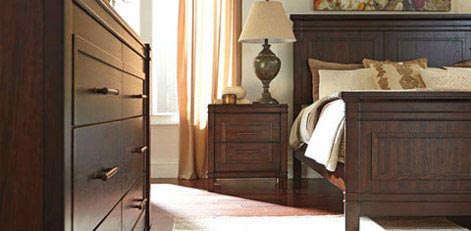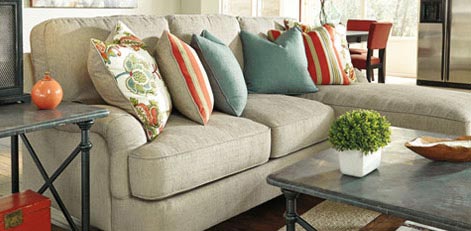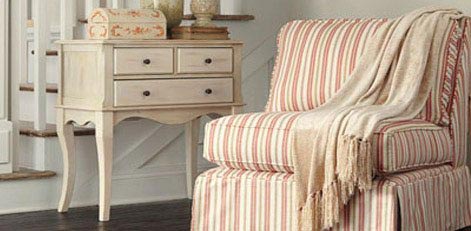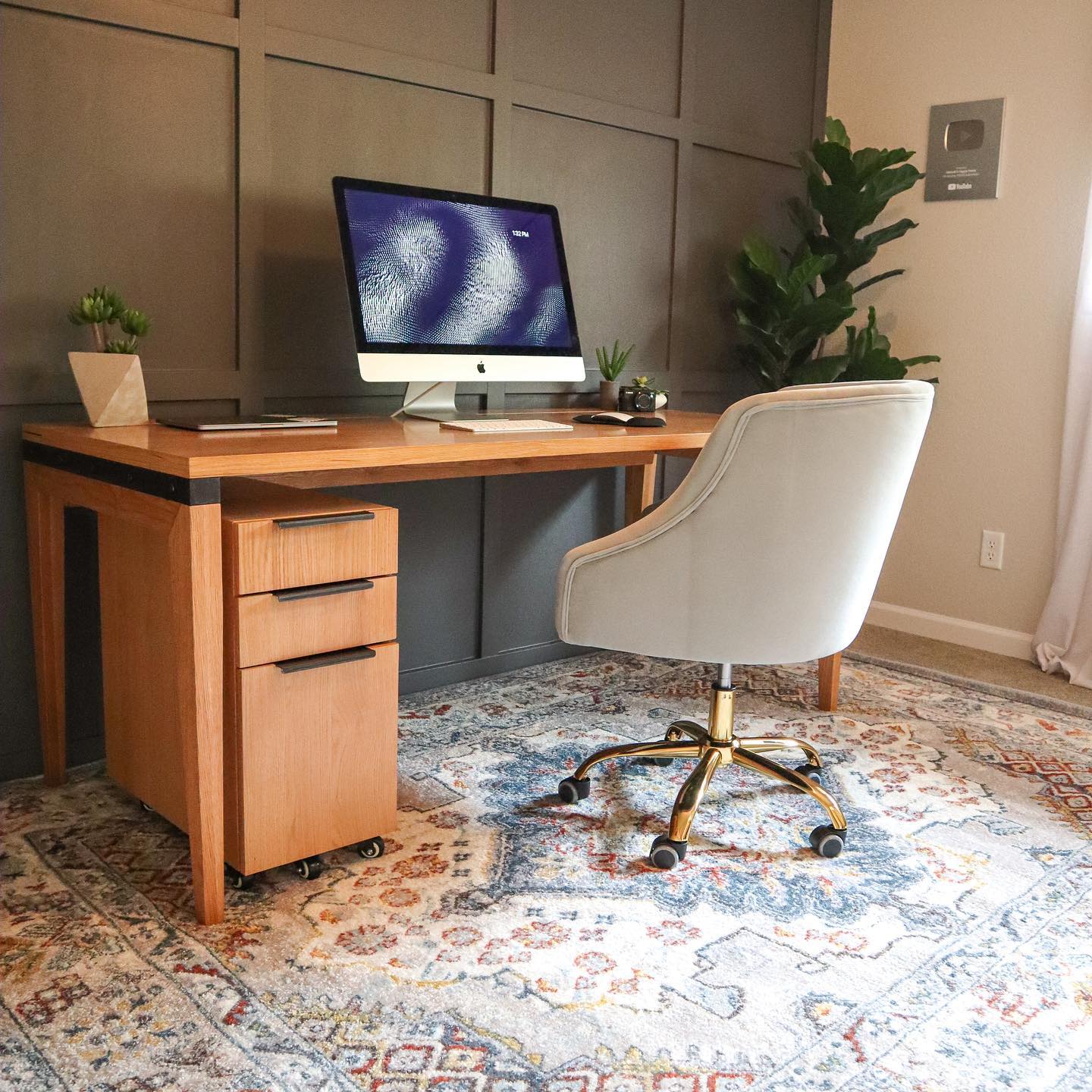Every now and then, it becomes necessary to remove the drawers from a filing cabinet. Whether you're moving offices, performing repairs, planning a fresh coat of paint, or simply renovating your workspace, knowing how to safely and efficiently remove filing cabinet drawers can be incredibly handy. However, before you start, it's essential to understand the specific design of your filing cabinet, as different types of cabinets have different mechanisms.
Why Remove Filing Cabinet Drawers
There are several reasons you might need to remove the drawers from a filing cabinet:
Relocation
If you're moving offices or simply rearranging your workspace, removing the drawers makes the cabinet lighter and easier to transport.
For example, if you're moving the filing cabinet up or down stairs, removing the drawers can make it less bulky and more manageable.
This is especially true for credenza file cabinets and executive filing cabinets, which are often larger and heavier than standard filing cabinets.
Repair
Drawers can become jammed or broken over time. Removing them can make it easier to perform any necessary repairs by accessing the internal mechanisms of the cabinet without obstruction.
Repainting
If you're giving your filing cabinet a new lease of life with a fresh coat of paint, removing the drawers can ensure a more even, professional finish. You won’t have to worry about getting paint on the drawers or struggling to paint around them. This is particularly relevant for brown filing cabinets and white lateral file cabinets, where achieving a flawless finish is crucial for maintaining their sleek appearance.
Renovation
In a renovation project, you may need to remove the drawers to alter the cabinet's layout or repurpose it. A renovation often involves making changes to the structure or design of your workspace, and removing the drawers allows you to have more flexibility in configuring the cabinet to fit your new needs. File cabinets with hutch or brown filing cabinets can be transformed into more versatile pieces with a bit of creativity.
Regardless of your reasons, it's important to understand the specific design of your filing cabinet. This will help you remove the drawers safely and efficiently, without causing any damage.
Different Types of Filing Cabinets
There are several different types of filing cabinets, each with its own unique design and mechanism for removing drawers. Here are a few of the most common types:

 @thestationerycentre
@thestationerycentreSide-Mount
These cabinets have drawer slides mounted on the sides of the drawers. To remove the drawers, you usually need to locate the release levers or catches on the drawer slides.
To remove the drawers from a side-mount cabinet, open the drawer fully to expose the metal glide that allows the drawer to move in and out. Next, Look for a lever or push tab on the glide. Most side-mount filing cabinets have these as a safety feature to prevent the drawer from falling out.
Lastly, push the lever or tab down (some models may require you to push it up) while pulling the drawer out. It should slide out easily.
Lateral
In lateral filing cabinets, the drawers extend from the long side of the cabinet. These cabinets often have a single slide per drawer, and you may need to remove a screw or lever to release the drawer. This type is common in wood credenza file cabinets.
If you want to remove the drawers, open the cabinet fully to expose the metal slides on either side of the drawer. Locate the release mechanism. This is usually a small tab or lever on the slide. Push the release mechanism while pulling the drawer out. The drawer should slide out without much resistance.
Self-Closing
These cabinets have a mechanism that pulls the drawer closed when it's partially pushed in. To remove the drawers, you'll need to release the self-closing mechanism, which is usually located at the back of the drawer.
Remove the drawer by opening it all the way and locating the release clips on the underside of the drawer. They can be on the sides or the middle of the drawer. Push the clips in and pull the drawer out at the same time. The drawer should slide out easily.
Wood Glides
Some cabinets have wooden glides that the drawers slide on. These can often be removed simply by lifting the drawer up and out.
Open the drawer and look for any stop blocks or screws that might be holding the drawer in place. These are usually located at the back of the drawer. Remove the stop blocks or screws. The drawer should then slide out easily.
Drawers with Stabilizer Screws
These cabinets have stabilizer screws to prevent the drawers from tipping. You'll need to remove these screws before you can remove the drawer.
To remove the drawer, open it and find the stabilizer screws. They are usually found on the sides of the drawer. Unscrew the stabilizer screws and pull the drawer out. It should slide out without any resistance.
Safety Precautions When Removing Drawers
When it comes to furniture maintenance and rearrangement, one of the common tasks you might face is removing drawers. Whether you are planning to move, clean, or simply reorganize your space, knowing how to remove drawers from a cabinet or desk safely is essential.
Preparation Before Removing Drawers
Make sure to empty the drawer before removal. Removing all items from the drawer reduces its weight, making it easier to handle. It also prevents items from falling out during the removal process, which can cause injuries or damage to the items.
Additionally, it is advisable to start removing drawers from the top. This helps to maintain the balance of the cabinet and prevent it from toppling over. A top-heavy cabinet is unstable and can easily fall, causing accidents.
Safety Measures During Removal
Always make sure the area around you is clear. This way, if a drawer slips from your grip, it won't land on anything or anyone. Also, wear protective gloves if possible to protect your hands from potential splinters or sharp edges.
Moreover, make sure to maintain a firm grip on the drawer when pulling it out. Losing grip can lead to the drawer dropping, which can cause injuries or damage to the drawer. Use both hands and pull straight out to avoid any mishaps.
Post-Removal Safety Tips
After removing the drawer, ensure you push the runners back into the cabinet. This reduces the chances of anyone accidentally hurting themselves on the protruding runners.
Always store removed drawers on a flat, stable surface to prevent them from falling over. If you're removing multiple drawers, stack them neatly to avoid any instability.
Mastering Filing Cabinet Drawer Removal
Removing drawers from a filing cabinet may seem like a daunting task, but with the right knowledge and precautions, it can be done safely and efficiently. Always remember to understand the specific design of your filing cabinet, use the appropriate method for drawer removal, and prioritize safety above all else.















